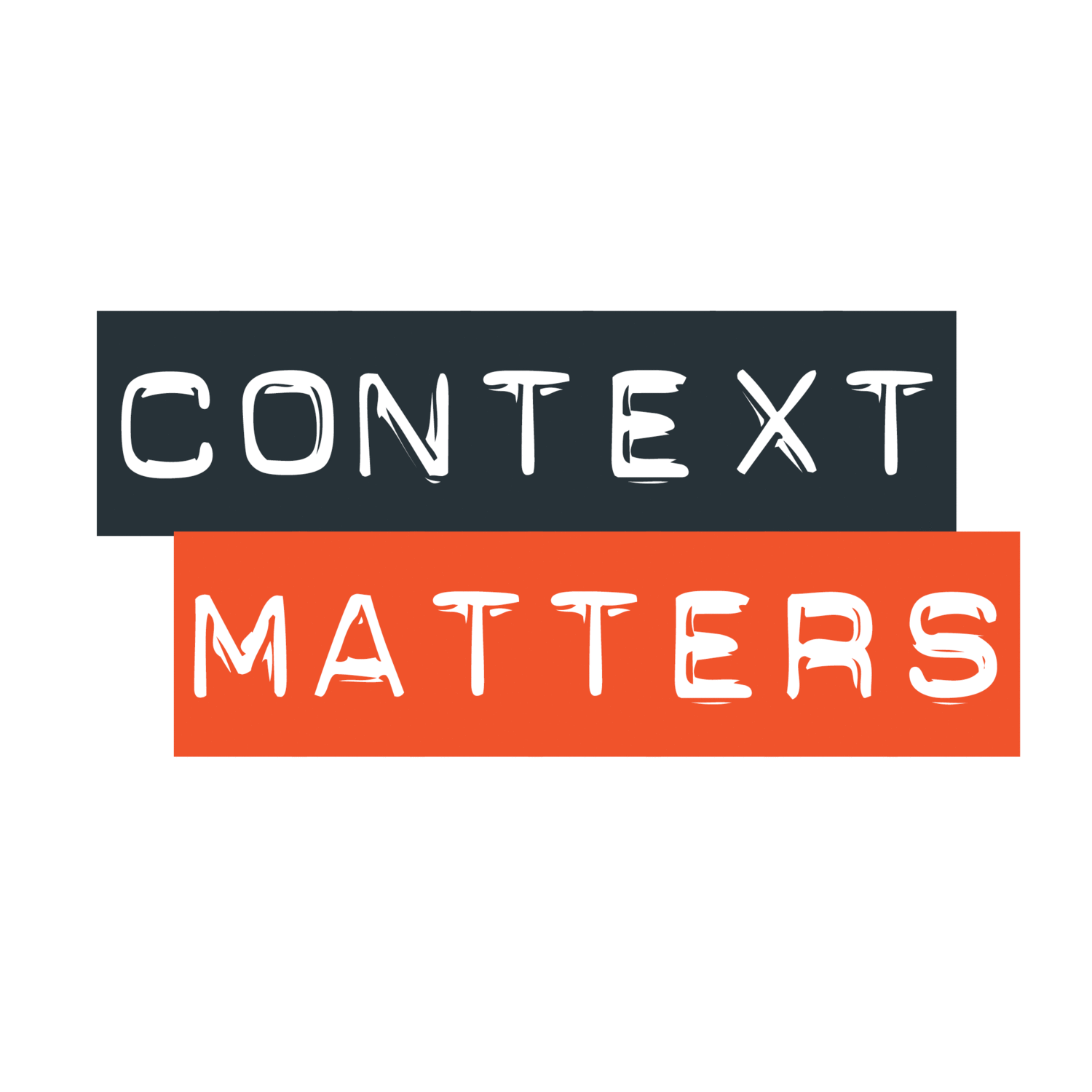I really enjoyed Kelly’s presentation on social media’s influence on the perception of the female image. It had several noteworthy and important points worth discussing.
I found that one of the most interesting points Kelly made was that the rather sexist and objectifying beauty standards that women are held to is a problem that didn’t necessarily emerge from the use of social media, but rather is something that has always existed but is simply more obvious now that there are so many media outlets at the fingertips of teenage users.
Society and myself included tend to blame social media for the origins of these standards, but in reality, it could be that this is a problem that originated long ago. With this in mind, changing the way we use social media won’t necessarily rid people of the everyday gender biases we innately think about and act upon. It’s an attitude problem, not one of technology.

That being said, however, there is some truth in saying that social media has amplified these standards to a much higher degree than before. With the use of media platforms such as Instagram and Facebook, it is typical for trends and expectations to emerge about what people should and shouldn’t post, especially depending on their characteristics such as gender. Women, for example, are expected to post more girly and sexualized content, whereas even boys are subjected to expectations of posting content that makes them seem more masculine. It is these expectations that amplify the already prevalent gender stereotypes that exist in people’s heads.

From personal experience, I often find myself getting overwhelmed with not only running several of my social media accounts, but also trying to fit myself into the expectations that come with it. The whole sharing aspect also makes it extremely difficult to not compare my experiences and life to those of others. I personally have nothing against social media, and love the fact that people can share special parts of their life with others, but its use should be about the user, not about fitting into societal norms and trying to one-up one another.
Overall, I found it a very relatable and relevant presentation.
Images Cited
http://wojdylosocialmedia.com/wp-content/uploads/2014/05/social-media.jpg
http://az616578.vo.msecnd.net/files/2016/03/19/635940263255636955-676010678_sex-education-gender-stereotypes.jpg






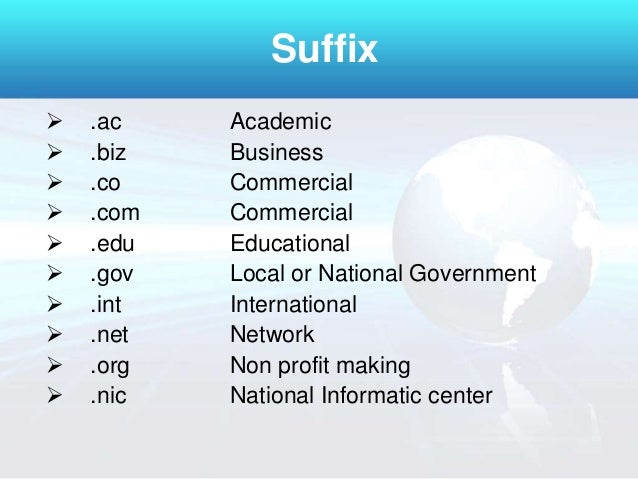 With my last eye-opening CTW class along with this useful Internet bullsh*t detector guide in mind, I will be much more conscious of not just what I use as Internet sources, but simply what I believe and read on the Internet in general. Nowadays, it is too easy for anyone from anywhere for whatever reason to post whatever they like. While this ability is liberating, it also presents many dangerous consequences, especially for the most naive of students.
With my last eye-opening CTW class along with this useful Internet bullsh*t detector guide in mind, I will be much more conscious of not just what I use as Internet sources, but simply what I believe and read on the Internet in general. Nowadays, it is too easy for anyone from anywhere for whatever reason to post whatever they like. While this ability is liberating, it also presents many dangerous consequences, especially for the most naive of students.

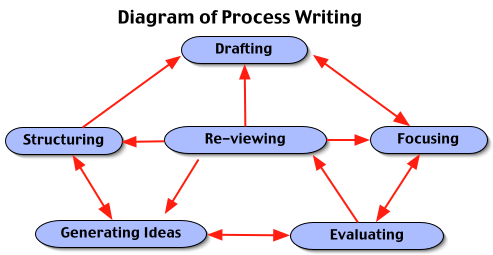

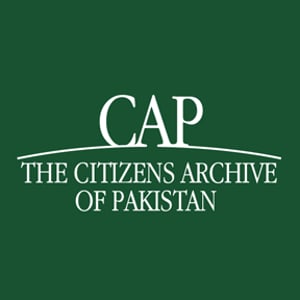
 The importance of preserving a place or institution’s culture came to my attention as I did archival research myself. I learned so much about the history of the school through reading through flyers, journals, and other documents from decades ago. Even from just skimming through a couple of issues of The Santa Clara, SCU’s student-run newspaper publication that still exists today, I found that SCU was an entirely different place just 50 years ago. I say this in regards to many aspects, such as the clubs that existed, the rules students had to follow, and the student life in general.
The importance of preserving a place or institution’s culture came to my attention as I did archival research myself. I learned so much about the history of the school through reading through flyers, journals, and other documents from decades ago. Even from just skimming through a couple of issues of The Santa Clara, SCU’s student-run newspaper publication that still exists today, I found that SCU was an entirely different place just 50 years ago. I say this in regards to many aspects, such as the clubs that existed, the rules students had to follow, and the student life in general. Upon reflecting on my archival research experience, I now truly see the importance of archives and how they’re necessary for maintaing an institution’s values and roots. This is especially true when an institution, or in this case culture, is as old and as rich in history as that of Pakistan.
Upon reflecting on my archival research experience, I now truly see the importance of archives and how they’re necessary for maintaing an institution’s values and roots. This is especially true when an institution, or in this case culture, is as old and as rich in history as that of Pakistan.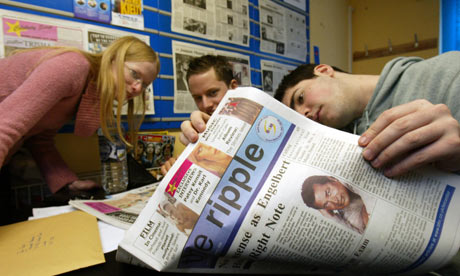



 Journals would of course be ideal, as they contain some of the most honest pieces of writing from an individual. If there was some sort of diary I could find that would be a huge assistance in determining the typical ideas held by the student body towards the gender integration that occurred during the 1960s at SCU.
Journals would of course be ideal, as they contain some of the most honest pieces of writing from an individual. If there was some sort of diary I could find that would be a huge assistance in determining the typical ideas held by the student body towards the gender integration that occurred during the 1960s at SCU.

